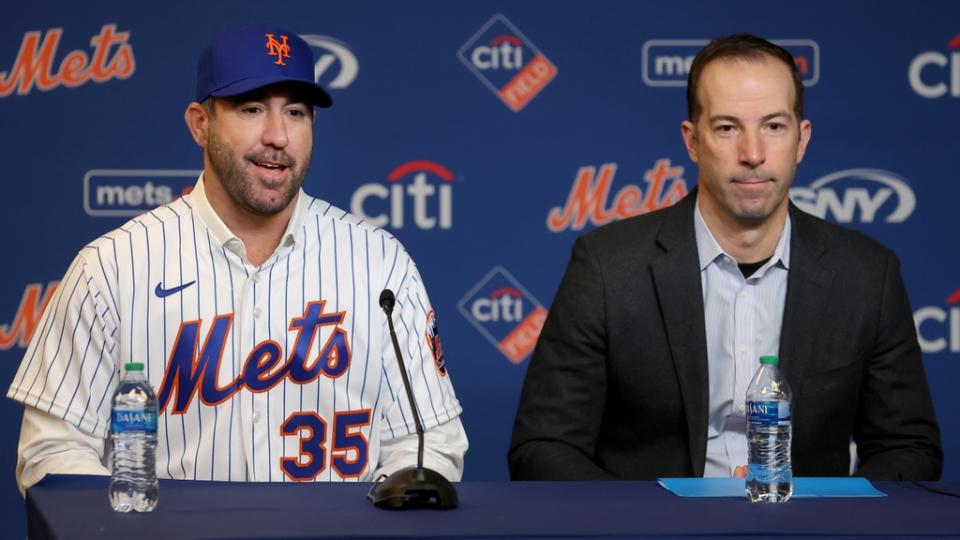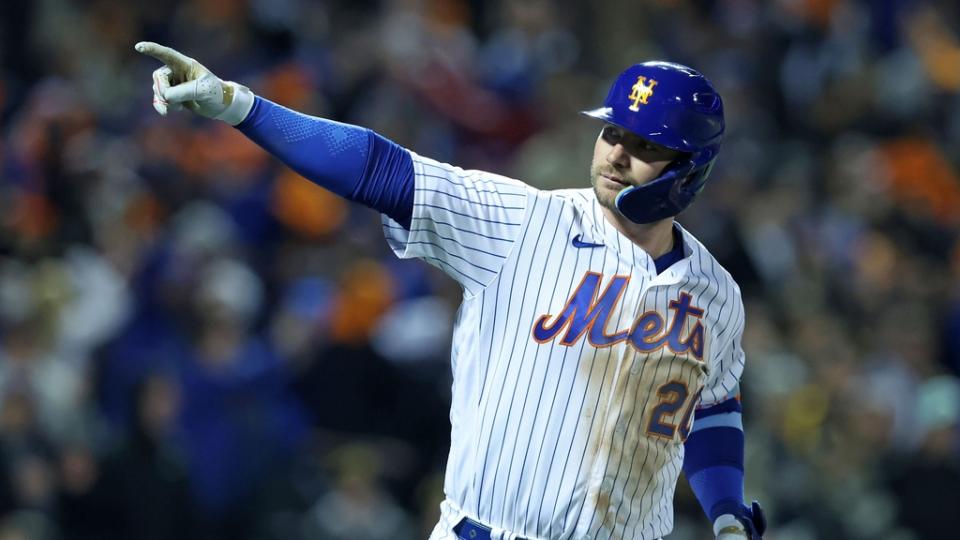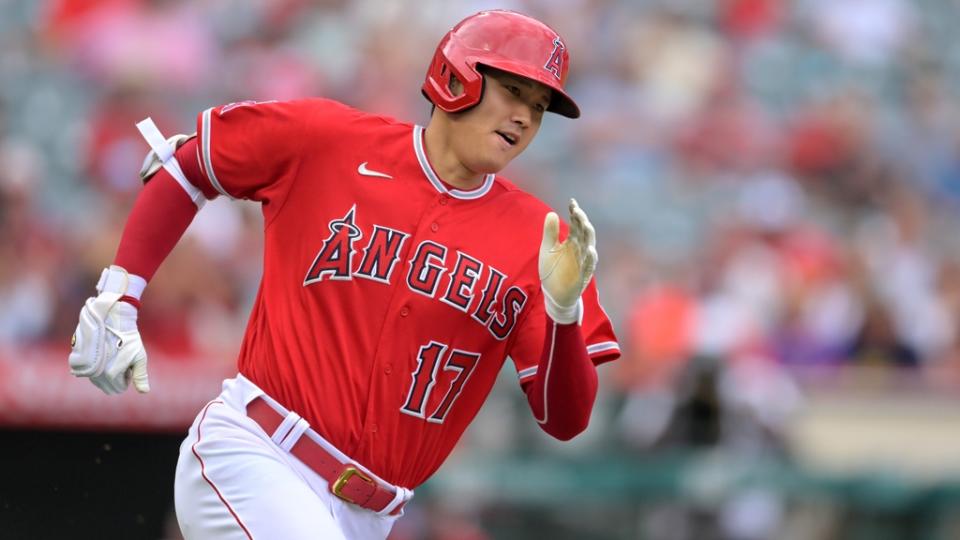
The Mets came very close to exceeding the new top luxury tax threshold of $290 million during the 2022 season, with their payroll winding up just shy of $288 million.
This offseason, as we predicted would happen about three months ago, they blew well past the top threshold during a free agent spending spree that included adding Justin Verlander, Kodai Senga, David Robertsonand Jose Quintanaand retaining Edwin Diaz, Brandon Nimmoand Adam Ottavino.
Under owner Steve Cohen, who now has two full seasons under his belt, the Mets are attempting to win a World Series within a three-to-five year window, which is Cohen’s hope. And they’re about to enter year three.
In order to achieve that goal — and Cohen’s desire to build a sustainable winner that is an East Coast version of the Los Angeles Dodgers — the Mets were always going to spend a lot via free agency over the first handful of years of the Cohen regime as they rebuilt the farm system (which is now thriving) and developed the cost-controlled players they hope it produces.
The Mets spent a lot via free agency during the 2021-22 offseason, including the massive deal with Max Scherzer and the signatures of Starling Marte, Eduardo Escobarand Mark Canha.
In the 2020-21 offseason, their main move was trading for and extending Francisco Lindor for $341 million.
Now, the Mets have a payroll that is a bit top-heavy, but the biggest deals in terms of average annual value will come off the books (Scherzer after 2023 or 2024, Verlander after 2024 or 2025) right around the time some of New York’s top prospects are ready to make an impact and ease the team’s reliance on the free agent market.
Let’s break down the payroll situation for 2023 and beyond…
SALARY COMMITTED FOR 2023
Per Cot’s Baseball Contracts, the Mets have roughly $364 million committed to the payroll for 2023, which includes player benefits, the money owed to 40-man players in the minors, and other things that are factored in for luxury tax purposes.
The above includes the $20 million owed to Robinson Cano in the final year of his deal. Cano was released by the Mets last season and is currently out of baseball.
The new big deals on the books include Verlander ($43.3 million annually in 2023 and 2024, $35 million vesting option for 2025), Diaz (entering the first year of a five-year deal worth $102 million), and Nimmo (entering the first year of an eight-year deal worth $162 million).

The Mets’ payroll would’ve been a lot higher in 2023 if they finalized their deal with Carlos Correa, which was initially going to be $315 million over 12 years. Had the Mets completed that deal, they still would’ve had plenty of wiggle room going forward. But not having Correa on the books should make it even easier for them to add huge stars in the near future.
The $364 million figure also includes what the Mets’ arbitration-eligible players will make, and what Jeff McNeil (the only arbitration-eligible player the Mets haven’t yet come to terms with) is projected to make.
WHAT WILL THE ARBITRATION-ELIGIBLE PLAYERS MAKE?
The Mets had nine arbitration-eligible players not counting Daniel Vogelbachwhom the team bypassed arbitration with by exercising a $1.5 million club option for 2023.
Those players were Pete AlonsoMcNeil, Luis Guillorme, Drew Smith, Tomas Nido, Dominic Smith (who was non-tendered)Joey Lucchesi, Elieser Hernandezand Jeff Brigham.
Of the seven players the Mets have already avoided arbitration with, here’s what they’ll make in 2023:
Alonso: $14.5 million
Nido: $1.6M (agreed to two-year deal, will make $2.1 million in 2024)
Hernandez: $1.6M
Guillorme: $1.6M (projected)
Smith: $1.3M
Lucchesi: $1.15M
Brigham: $760,000 (projected)
McNeil is projected to make $7 million, and the two sides can continue working on a deal until the deadline. If no deal is reached, there will be a hearing in front of an independent arbitrator to determine McNeil’s salary for 2023.
WHAT ABOUT EXTENSIONS FOR UNDER-CONTROL PLAYERS?
The list of players the Mets should look to extend right now is pretty small.

Basically, it’s Alonso and McNeil, who are both set to hit free agency after the 2024 season. And some time between the remainder of this offseason and the first half of the 2023 season is probably the best time to get a deal done with them.
If they go into 2024 without new deals in place, Alonso and McNeil might simply want to bet on themselves and hit the open market after that season.
As far as Alonso, who is already making close to $15 million and would see that number rise in 2024 in what would be his final year of arbitration, signing him to an extension in the near future (figure he’ll make around $25 million per season) wouldn’t add a ton to the Mets’ books annually.
In the event Francisco Alvarez and/or Brett Baty look like stars once they’re established in the majors (which could happen this season), the Mets could also look to explore extensions with one or both of them, employing the same strategy the Atlanta Braves have used lately with their young players.
HOW MUCH MONEY IS THERE TO ADD PLAYERS IN THE NEAR FUTURE?
Without Correa on the books at would’ve been a shade over $26 million annually — and with lots of money coming off the books in the next few seasons (much more on that in a bit), the Mets should have plenty of room to add players in the next 12 months or so.
That could mean swinging a surprise trade between now and spring training and/or taking on a big contract or two during the season if the Mets find themselves in need of reinforcements around the trade deadline.
One name to keep an eye on in advance of the deadline is Shohei Ohtania pending free agent whose future with the Los Angeles Angels appears very much in doubt.
However, even if the Angels find themselves unable to extend Ohtani and are out of postseason contention, they might stubbornly refuse to trade him. But that might be a best-case scenario for the Mets and any other interested team, since any team would be able to sign Ohtani via free agency instead of giving up a bunch of key prospects and/or established big leaguers for him via trade.
One name to watch next offseason is star third baseman Manny Machadowho will be opting out of his deal with the San Diego Padres after this season.

THE PAYROLL SITUATION IN 2024 AND BEYOND
Some of this will be heavily dependent on what happens with Scherzer and Verlander, with the possibility that Scherzer’s massive annual outlay is off the books after 2023 and Verlander’s after 2024.
As things currently stand, the Mets have roughly $254 million committed to the payroll for 2024. That number plummets to $128.5 million in 2025 and $109.5 million in 2026.
The salary relief after 2023 will come in the form of Cano’s $20 million coming off the books. Eduardo Escobar (the Mets hold a $9 million club option on him for 2024) and Mark Canha‘s deals are also up after 2023 (the Mets hold an $11.5 million club option on Canha for 2024).
Additionally, Carlos Carrasco (earning $14 million this season) and David Robertson (making $10 million this season) are both set to be free agents after 2023.
Lots of the salary relief after 2024 will come in the form of the end of Scherzer’s annual deal that pays him $43.3 million (if he doesn’t opt out after 2023).
As is noted above, the Mets should also soon be getting big contributions from some of their prospects who will be making near the league minimum. And even if the Mets quickly extend some of those guys, their salaries will not be anywhere near what established stars make.
Alvarez and Baty could be impact players in New York in 2023, and prospects like that Ronny Mauricio and Mark Vientos could also be contributors. In 2024, outfield prospect Alex Ramirez could be on the radar, as could Kevin Parada.
A big key for the Mets over the next few seasons will be the development of their starting pitching prospects, including Calvin Ziegler, Blade Tidwelland Matt Allan. If some of them are ready to contribute in 2024 or 2025, it will seriously ease the Mets’ recent reliance on the free agent starting pitching market.
If all goes well, the Mets’ plan of having a sustainable winner that only dabbles in the top end of the free agent market when needed — while relying heavily on a player development system that churns out MLB regulars and stars — will soon be close to a reality.